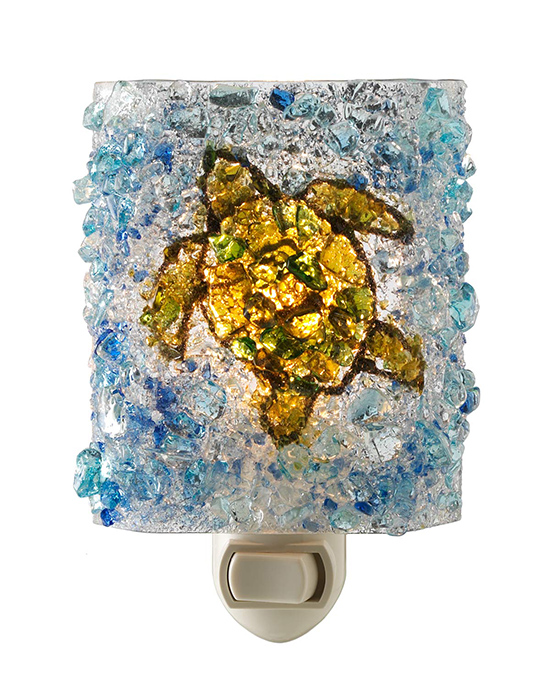 The bad news is that no one saved this species of turtle from extinction. In the 1980s, researchers scoured the island of Seychelles, off the eastern coast of Africa, and could find not one of the Pelusios seychellensis, first identified by August Brauer 100 years earlier. The good news is that the turtle wasn’t saved because it simply never existed. The specimen Brauer collected was actually a Pelusios castaneus, which is still commonly found on Africa’s western coast. Evidence indicates that Brauer purchased his turtles, rather than catching them in the wild, and it’s unknown whether they had been transported before their sale, or if Brauer simply mislabeled them. Either way, it’s a rare case of an animal being taken off the extinction list because it no longer exists.
The bad news is that no one saved this species of turtle from extinction. In the 1980s, researchers scoured the island of Seychelles, off the eastern coast of Africa, and could find not one of the Pelusios seychellensis, first identified by August Brauer 100 years earlier. The good news is that the turtle wasn’t saved because it simply never existed. The specimen Brauer collected was actually a Pelusios castaneus, which is still commonly found on Africa’s western coast. Evidence indicates that Brauer purchased his turtles, rather than catching them in the wild, and it’s unknown whether they had been transported before their sale, or if Brauer simply mislabeled them. Either way, it’s a rare case of an animal being taken off the extinction list because it no longer exists.
 Most of us have only seen them in cartoons or caricatures, but we all know what it means: an old-fashioned jug marked with XXX is full of moonshine. It turns out that the marks refer specifically to moonshine’s distilling process. The moonshiners would start by distilling a mash of fermented sugar cane pulp. The resulting liquid, known as the “singlings,” is foul-tasting and a mere 30-40% alcohol by volume. To get the kick that moonshine is known for, it has to go through two more distillations—rendering it almost 100% pure alcohol. The three X’s on the jug were meant to signify that its contents had completed that triple-step process, and also that it might just be strong enough to knock your shoes off, curl your hair and take your breath away for the next thirty-six hours.
Most of us have only seen them in cartoons or caricatures, but we all know what it means: an old-fashioned jug marked with XXX is full of moonshine. It turns out that the marks refer specifically to moonshine’s distilling process. The moonshiners would start by distilling a mash of fermented sugar cane pulp. The resulting liquid, known as the “singlings,” is foul-tasting and a mere 30-40% alcohol by volume. To get the kick that moonshine is known for, it has to go through two more distillations—rendering it almost 100% pure alcohol. The three X’s on the jug were meant to signify that its contents had completed that triple-step process, and also that it might just be strong enough to knock your shoes off, curl your hair and take your breath away for the next thirty-six hours.
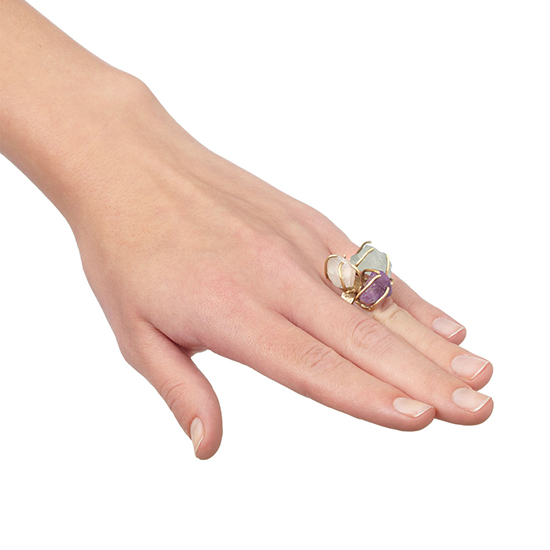 In the forests of Africa, you might just feast your eyes upon the brilliant coloring of the marble berry. Its clusters of brilliant blue fruit are considered to be the shiniest thing in nature, and they shimmer with pixelated sparkles. This effect is caused by layers of overlapping fibrous cells that cause the light to reflect and refract. These berries, however, are the ultimate triumph of style over substance: the brilliant surface contains nothing but seeds, with no flavor or nutritional value. The advantage of all this razzle-dazzle is that the plant tricks birds into eating and spreading its seeds, without having to go through all of the work of producing something temptingly sweet.
In the forests of Africa, you might just feast your eyes upon the brilliant coloring of the marble berry. Its clusters of brilliant blue fruit are considered to be the shiniest thing in nature, and they shimmer with pixelated sparkles. This effect is caused by layers of overlapping fibrous cells that cause the light to reflect and refract. These berries, however, are the ultimate triumph of style over substance: the brilliant surface contains nothing but seeds, with no flavor or nutritional value. The advantage of all this razzle-dazzle is that the plant tricks birds into eating and spreading its seeds, without having to go through all of the work of producing something temptingly sweet.
Energy Circle Ring, $165
Uncommon Knowledge: Is it wise to give your eye teeth for something?
June 26, 2013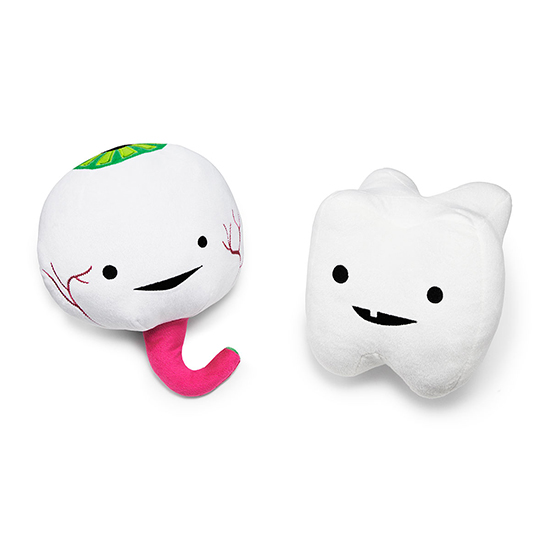 If you’re going to give your eye teeth, it better be for something pretty darn valuable. The term eye tooth refers to the canine teeth in your upper jaw, called so because of their placement below the eyes. Giving up these teeth would not only be painful and impossible to disguise, but it might also suggest a loss of prestige or rank. In the 1700’s, “to cut your eye teeth” meant to have matured into adulthood. This is probably derived from the fact that the upper canine teeth on an actual canine are long and fang-like, and a dog would have the capacity to hunt or fight for itself once those teeth had grown in.
If you’re going to give your eye teeth, it better be for something pretty darn valuable. The term eye tooth refers to the canine teeth in your upper jaw, called so because of their placement below the eyes. Giving up these teeth would not only be painful and impossible to disguise, but it might also suggest a loss of prestige or rank. In the 1700’s, “to cut your eye teeth” meant to have matured into adulthood. This is probably derived from the fact that the upper canine teeth on an actual canine are long and fang-like, and a dog would have the capacity to hunt or fight for itself once those teeth had grown in.
 Meet the most conflicted word in the English language: the contronym. A contronym is a word that is its own opposite. Can’t imagine such a paradoxical word? How about a story problem: If three people were in a room but two left, how many are left? The word “left” means both to leave and to remain behind. In spring you trim a tree by taking bits away, but you add bits when you trim the tree for Christmas. You turn off an alarm when it starts to go off. There are plenty of contronyms hiding in our language, but we usually don’t notice them because we’re only focusing on one meaning at a time.
Meet the most conflicted word in the English language: the contronym. A contronym is a word that is its own opposite. Can’t imagine such a paradoxical word? How about a story problem: If three people were in a room but two left, how many are left? The word “left” means both to leave and to remain behind. In spring you trim a tree by taking bits away, but you add bits when you trim the tree for Christmas. You turn off an alarm when it starts to go off. There are plenty of contronyms hiding in our language, but we usually don’t notice them because we’re only focusing on one meaning at a time.
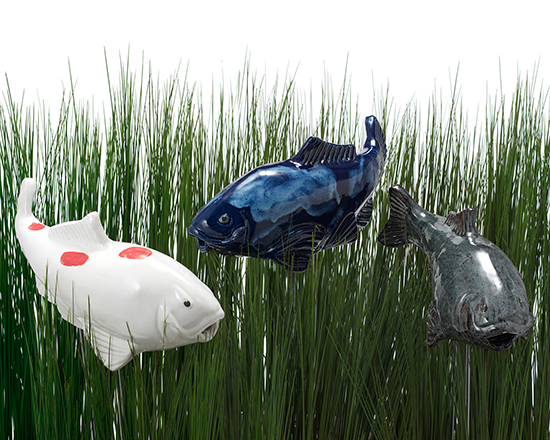 You know, being a cold fish doesn’t necessarily mean that you aren’t a warm father. Take, for instance, the hardhead catfish (and whose dad couldn’t be a little hard-headed now and then!). These salt water swimmers live in the balmy waters of Florida and the Gulf of Mexico. In spawning season, once their eggs are fertilized, the male catfish gathers them up in his mouth and holds them there for safekeeping until the little ones hatch and swim away a month later. How does he keep from accidentally swallowing one of his little ones? He simply doesn’t eat for the whole month. Now, that’s some committed fathering.
You know, being a cold fish doesn’t necessarily mean that you aren’t a warm father. Take, for instance, the hardhead catfish (and whose dad couldn’t be a little hard-headed now and then!). These salt water swimmers live in the balmy waters of Florida and the Gulf of Mexico. In spawning season, once their eggs are fertilized, the male catfish gathers them up in his mouth and holds them there for safekeeping until the little ones hatch and swim away a month later. How does he keep from accidentally swallowing one of his little ones? He simply doesn’t eat for the whole month. Now, that’s some committed fathering.
Uncommon Knowledge: Are more calls made on Mother’s Day or Father’s Day?
June 11, 2013 Sorry, dads. There are more calls made on Mother’s Day than on any other day of the year. That doesn’t mean that the kids don’t want to get in touch with you, though—Father’s Day has the distinction of having the most collect calls made of any day in the year. Researchers are inconclusive as to why Mother’s Day elicits more calls, cards and gifts than its paternal counterpart. It might simply be because it has a 100-year head start, first being celebrated in 1870 while Father’s Day didn’t come about until 1972. Our advice on correcting the imbalance? Dads, start polishing your chocolate chip cookie recipe.
Sorry, dads. There are more calls made on Mother’s Day than on any other day of the year. That doesn’t mean that the kids don’t want to get in touch with you, though—Father’s Day has the distinction of having the most collect calls made of any day in the year. Researchers are inconclusive as to why Mother’s Day elicits more calls, cards and gifts than its paternal counterpart. It might simply be because it has a 100-year head start, first being celebrated in 1870 while Father’s Day didn’t come about until 1972. Our advice on correcting the imbalance? Dads, start polishing your chocolate chip cookie recipe.
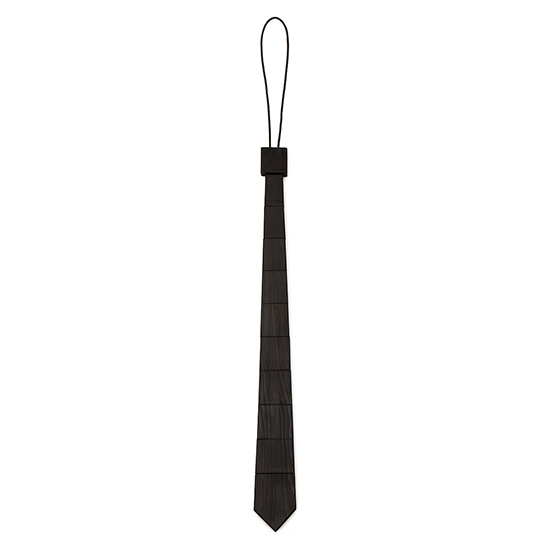 During the UFO sighting craze of the ‘50s and ‘60s, another mysterious tale began to appear. People who had seen or were investigating the possible presence of alien space craft would often claim to have been visited by mysterious men dressed in dark suits. These Men in Black would threaten sinister consequences if the individual didn’t stop their search for “the truth.” While reports of Men in Black are fairly pervasive, they can be traced back to a pair of writers named Albert Bender and Gray Barker. Bender founded an organization called the International Flying Saucer Bureau, but abruptly shuttered it in 1953, claiming he was pressured to do so by a trio of men in black suits, accompanied by three beautiful women in form-fitting white uniforms. Barker took Bender’s story and spun it into a successful career, producing such books as They Knew Too Much About Flying Saucers, as well as building the Men in Black mythos by writing fictional “first-hand” accounts and perpetrating the occasional hoax. Is it possible that Bender was actually visited by conservatively-dressed mystery men who tried to force his silence? Sure. But considering their ineffectiveness in doing so, it appears that the Men in Black are nothing to fear.
During the UFO sighting craze of the ‘50s and ‘60s, another mysterious tale began to appear. People who had seen or were investigating the possible presence of alien space craft would often claim to have been visited by mysterious men dressed in dark suits. These Men in Black would threaten sinister consequences if the individual didn’t stop their search for “the truth.” While reports of Men in Black are fairly pervasive, they can be traced back to a pair of writers named Albert Bender and Gray Barker. Bender founded an organization called the International Flying Saucer Bureau, but abruptly shuttered it in 1953, claiming he was pressured to do so by a trio of men in black suits, accompanied by three beautiful women in form-fitting white uniforms. Barker took Bender’s story and spun it into a successful career, producing such books as They Knew Too Much About Flying Saucers, as well as building the Men in Black mythos by writing fictional “first-hand” accounts and perpetrating the occasional hoax. Is it possible that Bender was actually visited by conservatively-dressed mystery men who tried to force his silence? Sure. But considering their ineffectiveness in doing so, it appears that the Men in Black are nothing to fear.
